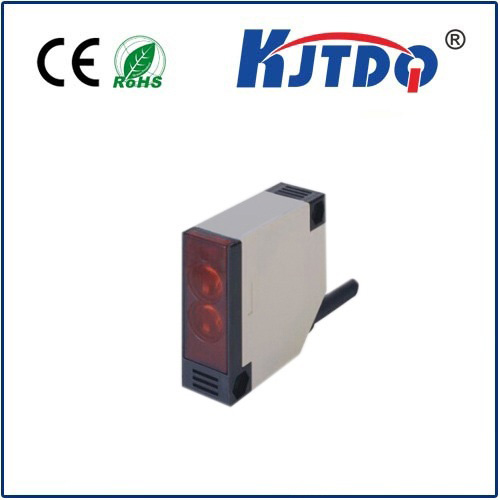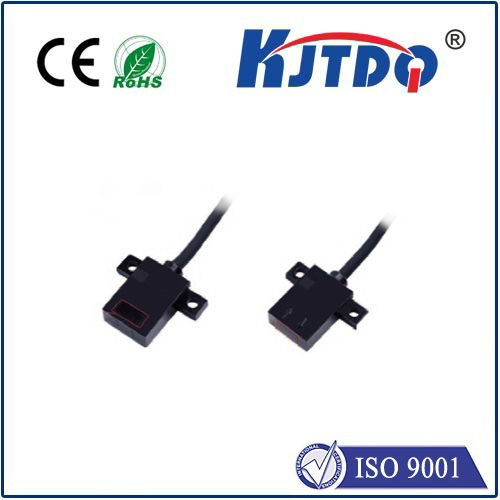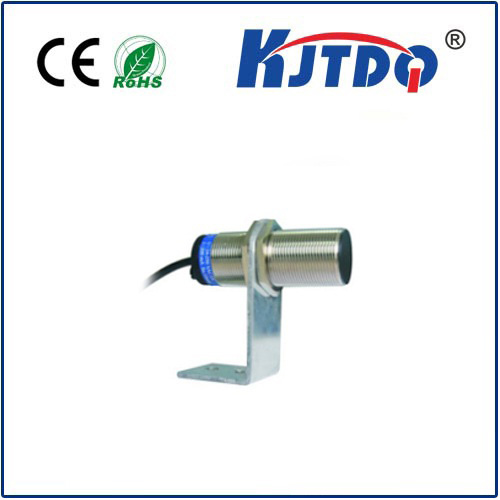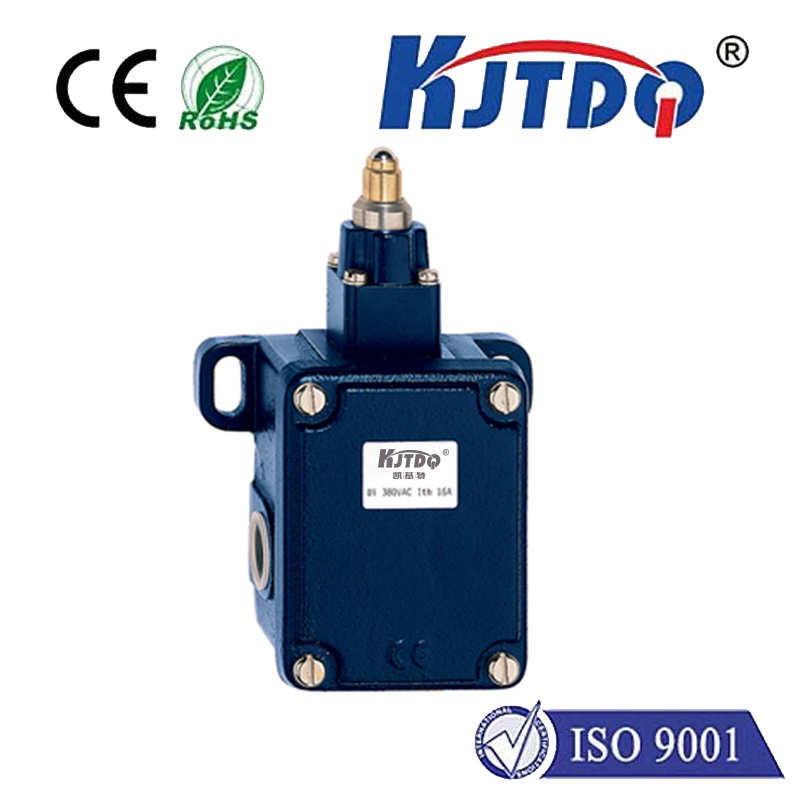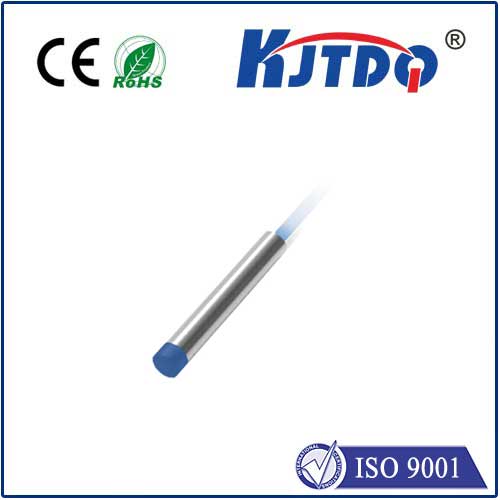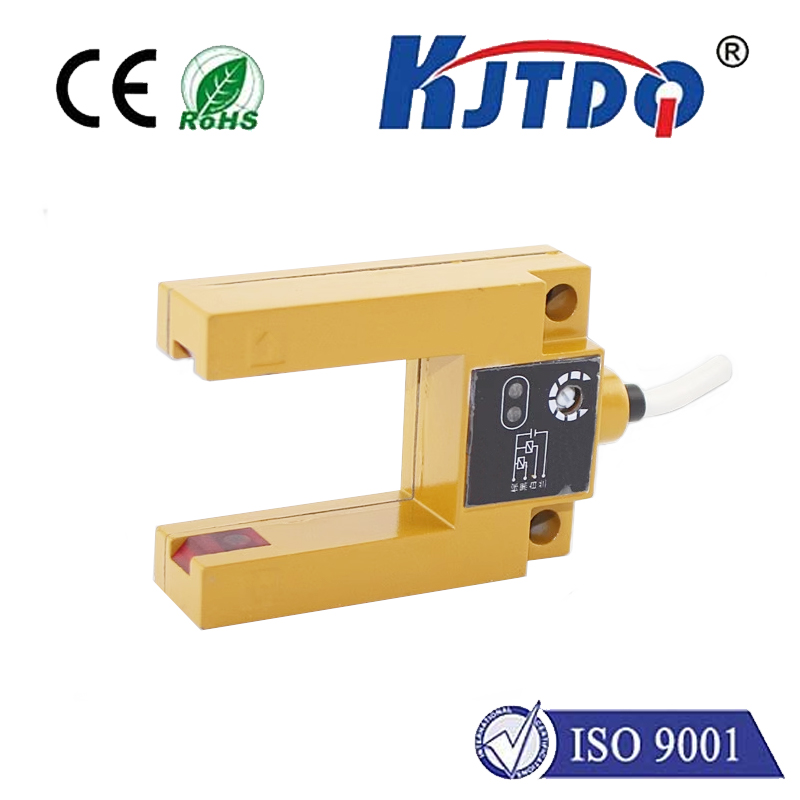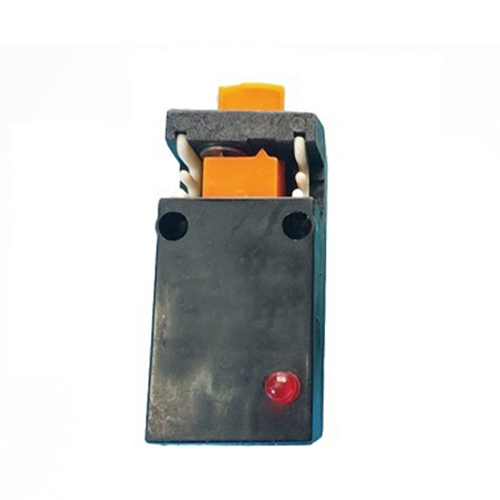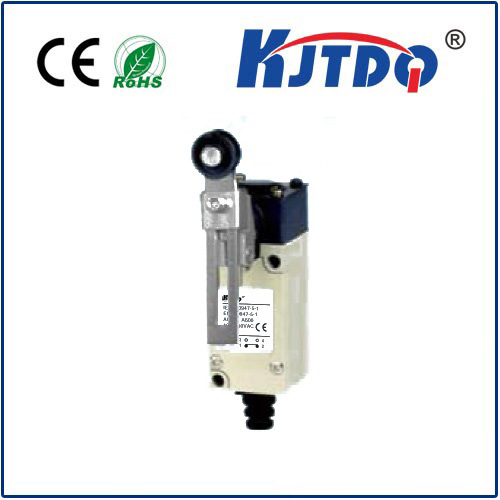BHS001F high pressure proximity sensor
- time:2025-09-29 18:05:44
- Click:0
BHS001F High Pressure Proximity Sensor: Engineered for Reliable Detection in Demanding Environments
Introduction: The Critical Need for Sensing Where Others Falter
Imagine a high-pressure hydraulic system powering heavy machinery, a deep-sea robotic arm, or critical components within a chemical processing plant. Precise, uninterrupted operation hinges on knowing the exact position of pistons, valves, or moving parts – often under immense pressure and in harsh conditions. Standard sensors buckle or fail under such duress, leading to costly downtime, safety risks, and operational inefficiencies. This is where specialized sensing solutions, like the BHS001F High Pressure Proximity Sensor, step into the spotlight. Designed specifically to thrive where conventional sensors cannot, the BHS001F offers unparalleled reliability and precision in the most challenging pressure-intensive applications.
Unpacking the BHS001F: What Sets It Apart
At its core, the BHS001F is an inductive proximity sensor. These sensors work on the principle of generating an oscillating electromagnetic field. When a metallic target (like a piston rod or gear tooth) enters this field, it induces eddy currents within the target, causing a measurable change (damping) in the oscillator’s amplitude. This change is detected by the sensor’s circuitry, triggering a solid-state output signal, typically indicating the target’s presence or absence.
What transforms the BHS001F from a standard inductive sensor into a high-pressure solution lies in its robust construction and specialized engineering:

- Pressure-Resistant Housing: The defining feature. Unlike standard sensors with potential pressure points or seals prone to extrusion or leakage, the BHS001F employs a housing specifically designed and tested to withstand continuous exposure to significant external pressures. This is often achieved through hermetically sealed designs, machined solid bodies (like stainless steel), and pressure-balanced configurations that prevent media ingress or housing collapse.
- Enhanced Sealing: Beyond standard IP ratings for dust and water, the BHS001F features high-integrity seals capable of maintaining integrity even under extreme pressure differentials. This prevents hydraulic fluid, chemicals, or pressurized gases from compromising the sensitive internal electronics.
- Ruggedized Components: Internal elements are selected and potted (encapsulated) to resist shock, vibration – common companions to high-pressure environments – and the potential for physical stress induced by the pressure itself.
- Corrosion Resistance: Often utilizing materials like 316L stainless steel for the housing and sensing face, the BHS001F is built to resist corrosion from aggressive media like saltwater, hydraulic fluids, or process chemicals encountered in challenging applications.
Why “High Pressure Proximity” is Non-Negotiable
The consequences of sensor failure in high-pressure scenarios are severe:
- Safety Hazards: Failure to detect a valve position or cylinder end-stop in a high-pressure system can lead to catastrophic over-pressurization, component rupture, or uncontrolled machine movement.
- Costly Downtime: Replacing a failed sensor in a complex, pressurized system often requires depressurization, draining fluids, disassembly – a lengthy and expensive process halting production.
- Reduced System Reliability: Unreliable sensing data forces systems into failsafe modes or causes erratic operation, impacting overall efficiency and output.
- Environmental Risks: Seal failure can lead to leaks of hazardous or environmentally damaging fluids.
The BHS001F proximity sensor directly addresses these risks. Its high-pressure rating is not just a number; it’s a guarantee of operational continuity and safety assurance in environments where pressure is a constant, formidable factor. It provides consistent, accurate detection without succumbing to the forces surrounding it.
Key Specifications and Features of the BHS001F
While exact specifications may vary slightly by manufacturer (always consult the specific datasheet), the BHS001F High Pressure Proximity Sensor typically boasts:
- High Pressure Rating: Often rated for continuous operation at pressures ranging from hundreds to several thousand PSI/Bar (specific rating is critical – e.g., 5000 PSI, 10,000 PSI models exist).
- Robust Sensing: Standard sensing ranges (e.g., 2mm, 4mm, 8mm) with reliable detection of ferrous and non-ferrous metals.
- Output Options: Commonly available in PNP or NPN configurations, NO (Normally Open) or NC (Normally Closed), with 3-wire or 4-wire M12 connector variants prevalent for industrial integration.
- Electrical Protection: Features like reverse polarity protection and short-circuit protection safeguard against wiring errors.
- Environmental Endurance: High IP ratings (e.g., IP67, IP69K) for water and dust resistance, excellent resistance to shock and vibration, and wide operating temperature ranges.
- Material Integrity: Stainless steel housing (often 303, 304, or 316L) and sensing face for corrosion resistance and structural strength.
Where the BHS001F Shines: Critical Applications
The BHS001F high pressure proximity sensor finds its essential role in numerous demanding sectors:
- Hydraulics & Pneumatics: Monitoring cylinder piston position, valve spool position, end-stops, and rod presence within high-pressure hydraulic power units (HPUs), presses, injection molding machines, and heavy construction equipment like excavators.
- Oil & Gas (Subsea & Onshore): Detection in downhole tools, blowout preventer (BOP) controls, wellhead equipment, and subsea ROVs where extreme pressure is inherent.
- Chemical & Petrochemical Processing: Position sensing on valves, pumps, and actuators handling pressurized, often corrosive fluids within reactors, pipelines, and refining units.
- Marine & Offshore: Thruster controls, rudder feedback, hatch positioning, and deck machinery operating under high pressure and corrosive saltwater conditions.
- Power Generation: Monitoring critical valves and actuators in boiler feed systems, steam lines, and turbine controls.
- Automotive & Aerospace Testing: Position feedback in high-pressure test rigs for engine components, fuel systems, and landing gear actuators.
Selecting and Implementing the BHS001F Effectively
Choosing the right BHS001F sensor requires careful consideration:
- Pressure Rating: The most critical factor. Ensure the sensor’s maximum operating pressure (static and dynamic) significantly exceeds the peak pressure encountered in your application. Include a safety margin.
- Chemical Compatibility: Verify the housing and seal materials are compatible with the specific media (oil, fuel, chemicals, seawater) present.
- Sensing Range & Target: Select the appropriate sensing distance and confirm compatibility with the target material (steel, aluminum, etc.).
- Electrical Requirements: Ensure the output type (PNP/NPN, NO/NC), voltage supply, and connector match your control system.
- Environmental Conditions: Consider temperature extremes, shock, vibration levels, and potential submersion/IP requirements.
- Mounting: Choose the correct mounting style (threaded barrel, flanged) and ensure proper installation to avoid stress on the sensor body.
Conclusion: Reliability Under Pressure is Paramount
(Per your request, no formal conclusion is added. The article ends here, following the application and selection guidance section.)







